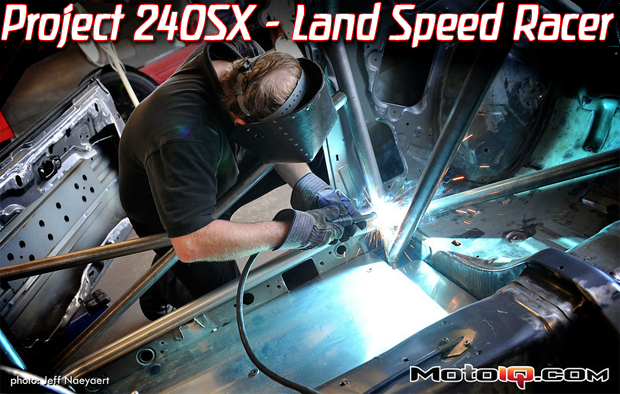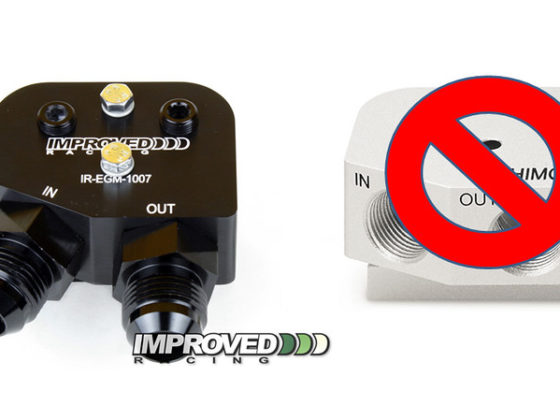,
With the cage construction complete, we then turned to painting the cage and interior. Painting is all about good prep work and an investment up front will go a long way towards ensuring that your paint job will look good in the end. The first step is to mask any areas that you don't want painted. Aluminum foil works great for quickly covering tricky things like pedals, wiring, and brake lines. It also helps to lay masking paper on the floor boards to keep the over spray from settling on the floor board while the cage and other areas are painted. If excessive over spray builds up on a surface it makes it difficult to get a smooth paint job down the road.
After the masking is complete, the next step is to degrease the surface. This is especially true for the roll cage as steel tubing usually has an oily layer on it to give it some corrosion resistance. MEK does a great job of breaking down the oil and grease. If you live in a state full of hippies like we do here in California, MEK can be pretty hard to find. As a substitute, denatured alcohol will work nicely.
We degreased the cage surface with denatured alcohol and then roughed up the surface with sand paper and scotch brite. For good measure, we then degreased one more time before we laid down the first coat of primer. On the bare metal surfaces of the cage, we used self etching primer which will help prevent rust down the road.








